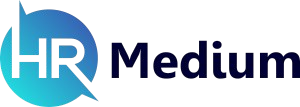In today’s competitive business environment, efficiency is key to staying ahead. For HR departments, a customized Human Resource Management System (HRMS) can significantly enhance productivity and streamline processes.
This blog explores how to tailor your HRMS for maximum efficiency, ensuring it aligns perfectly with your organization’s unique needs.
Understanding Your Needs
Before customizing your HRMS, it’s essential to understand your organization’s specific requirements. This involves:
Assessing Current Processes
Identify the strengths and weaknesses of your existing HR processes. Which tasks are repetitive and time-consuming? Where are the bottlenecks?
Defining Goals
What do you hope to achieve with your customized HRMS? Increased efficiency, better compliance, enhanced employee engagement, or streamlined recruitment processes?
Gathering Feedback
Engage with HR staff and other stakeholders to gather insights and suggestions. Their hands-on experience can provide valuable perspectives on necessary features and functionalities.
Key Areas to Customize
Once you’ve identified your needs, focus on customizing the following areas to maximize efficiency:
User Interface (UI)
A user-friendly interface enhances usability, reducing the time spent on training and increasing overall productivity. Ensure the UI is intuitive and aligns with the workflows of your HR team.
Automation of Tasks
Automate repetitive tasks such as payroll processing, leave management, and employee onboarding. Automation reduces manual errors and frees up HR staff to focus on more strategic initiatives.
Reporting and Analytics
Customize reporting tools to generate real-time insights into HR metrics such as employee turnover, recruitment effectiveness, and training needs. Tailored reports enable data-driven decision-making.
Integration with Other Systems
Ensure your HRMS integrates seamlessly with other business systems such as payroll, accounting, and CRM. Integration eliminates data silos and ensures a cohesive flow of information across departments.
Training and Support
Effective customization goes hand-in-hand with proper training and support:
Comprehensive Training
Provide thorough training sessions for HR staff to familiarize them with the customized features and functionalities. Regular training updates ensure ongoing proficiency.
Continuous Support
Establish a support system for troubleshooting and resolving any issues that may arise. Continuous support ensures that the HRMS remains a reliable tool for your team.
Evaluating and Improving
Customization is an ongoing process. Regularly evaluate the performance of your HRMS to identify areas for further improvement:
User Feedback
Continuously gather feedback from HR staff to understand their experience with the system. Address any concerns and implement suggested enhancements.
Performance Metrics
Monitor key performance indicators (KPIs) to assess the impact of the customized HRMS on your HR processes. Adjust customization strategies based on these insights.
Conclusion
Customizing your HR management system is a strategic move towards maximizing efficiency within your HR department.
By understanding your needs, focusing on key customization areas, providing comprehensive training, and continuously evaluating performance, you can create an HRMS that not only meets but exceeds your organization’s expectations. Invest in customization today and pave the way for a more efficient and productive HR future.


